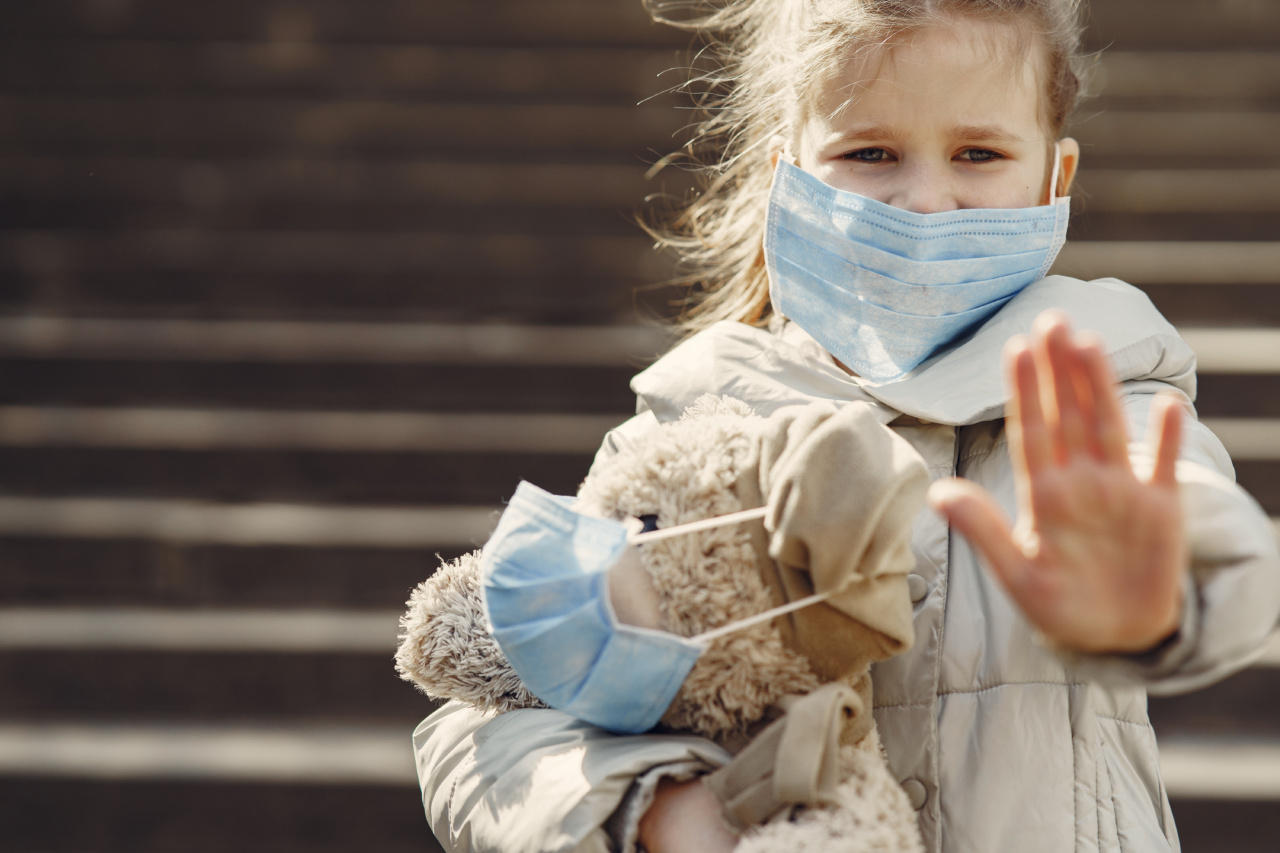As flu season approaches, it’s natural to feel concerned about staying healthy and avoiding the dreaded influenza virus.
The flu, short for influenza, is a highly contagious respiratory illness caused by influenza viruses that infect the nose, throat, and sometimes the lungs. Symptoms can range from mild to severe and can lead to complications, especially for vulnerable populations such as young children, older adults, and individuals with weakened immune systems.
Understanding Influenza
Before diving into preventive measures and early symptom recognition, it’s crucial to understand the flu and how it spreads. Influenza viruses are primarily spread through tiny droplets made when people with the flu cough, sneeze, or talk.
These droplets can land in the mouths or noses of nearby individuals or be inhaled into the lungs. Additionally, the flu can spread by touching surfaces or objects contaminated with the virus and then touching one’s own mouth, nose, or eyes.
Preventive Measures
The best defense against the flu is prevention. By taking proactive steps to lower your risk of exposure, you can significantly reduce the likelihood of contracting the virus. Here are some preventive measures you can incorporate into your daily routine:.
1. Get Vaccinated
Annual flu vaccines are one of the most effective ways to prevent the flu from spreading. The vaccine stimulates your immune system to produce antibodies specific to the flu viruses contained in the vaccine.
While the vaccine may not protect against all strains, it can lessen the severity of symptoms if you do get infected. It’s important to note that flu vaccines are typically recommended for everyone six months of age and older, with rare exceptions.
2. Practice Good Hand Hygiene
Regularly washing your hands with warm water and soap for at least 20 seconds can help eliminate any flu viruses you may have picked up.
If soap and water are not readily available, an alcohol-based hand sanitizer with at least 60% alcohol content is a convenient alternative. Be sure to avoid touching your face with unwashed hands, as this can transfer the virus from your hands to your nose, mouth, or eyes.
3. Cover Your Mouth and Nose
When coughing or sneezing, it’s essential to cover your mouth and nose with a tissue or your elbow. This practice prevents the spread of infectious droplets into the air and onto surfaces that others may come into contact with.
Ensure that used tissues are promptly disposed of in a trash can and that you wash your hands afterward to minimize the risk of contamination.
4. Maintain a Healthy Lifestyle
A strong immune system is better equipped to fight off the flu virus. Engaging in habits that promote good health may help prevent illness.
Make sure to get enough sleep, exercise regularly, manage stress levels, and consume a balanced diet rich in fruits, vegetables, and whole grains. These healthy lifestyle choices can enhance your body’s resistance to infections and keep your immune system in top shape.
5. Avoid Close Contact
Limiting close contact with people displaying flu-like symptoms can help reduce your risk of exposure. If possible, stay at least six feet away from individuals who are coughing, sneezing, or exhibiting other signs of respiratory illness.
It’s equally important to distance yourself from others if you’re feeling unwell to prevent spreading any potential infections.
Recognizing Early Flu Symptoms
Despite taking preventive measures, there is always a chance of contracting the flu. Recognizing the early symptoms can help you seek medical attention promptly and prevent severe complications. Common flu symptoms include:.
1. Fever
A sudden and high fever, often exceeding 100.4 degrees Fahrenheit (38 degrees Celsius), is a typical early sign of the flu. The fever may be accompanied by chills and intense sweating.
It’s important to note that not everyone with the flu will have a fever, so other symptoms should also be considered.
2. Cough
A dry or productive cough is another hallmark symptom of the flu. The cough may be persistent and worsen over time. It is often accompanied by a sore throat and can make breathing uncomfortable.
3. Fatigue
Feeling extremely tired and lacking energy is a common early flu symptom. The fatigue can be overwhelming and may interfere with your daily activities and responsibilities.
4. Body Aches
Muscle aches and body pain are prevalent early symptoms of the flu. These aches can affect any part of the body and may be accompanied by headaches.
5. Headache
Many people with the flu experience severe headaches, often accompanied by a feeling of pressure or tightness in the temples or forehead. This symptom can make it challenging to concentrate or perform routine tasks.
6. Sore Throat
A sore throat is a common early symptom of the flu. It may cause discomfort, pain, or a scratchy sensation when swallowing or speaking.
7. Runny or Stuffy Nose
A congested or runny nose is often associated with the flu. You may experience a persistent runny nose or have difficulty breathing through your nostrils.
8. Gastrointestinal Symptoms
Although less common, some individuals with the flu may experience gastrointestinal symptoms such as nausea, vomiting, or diarrhea.
When to Seek Medical Attention
Most cases of the flu can be managed at home with rest, fluids, and over-the-counter medication to relieve symptoms. However, certain individuals should seek medical attention promptly:.
1. High-Risk Populations
Individuals who are more vulnerable to flu complications, such as young children, older adults, pregnant women, and those with chronic medical conditions, should consult a healthcare professional as early as possible.
2. Severe Symptoms
If you experience severe or persistent symptoms, such as difficulty breathing, chest pain, sudden dizziness, confusion, or severe vomiting, it’s crucial to seek immediate medical attention.
3. Worsening Condition
If your symptoms improve and then suddenly worsen, it may be a sign of a secondary infection or complications. Contact your healthcare provider for guidance.
Conclusion
Staying healthy and being able to spot the early symptoms of the flu are essential during flu season.
By following preventive measures such as getting vaccinated, practicing good hand hygiene, and maintaining a healthy lifestyle, you can reduce your risk of contracting the flu virus. Recognizing the early flu symptoms is equally important to seek prompt medical attention when needed. Stay vigilant, prioritize your health, and take the necessary steps to safeguard yourself and your loved ones from the flu.































